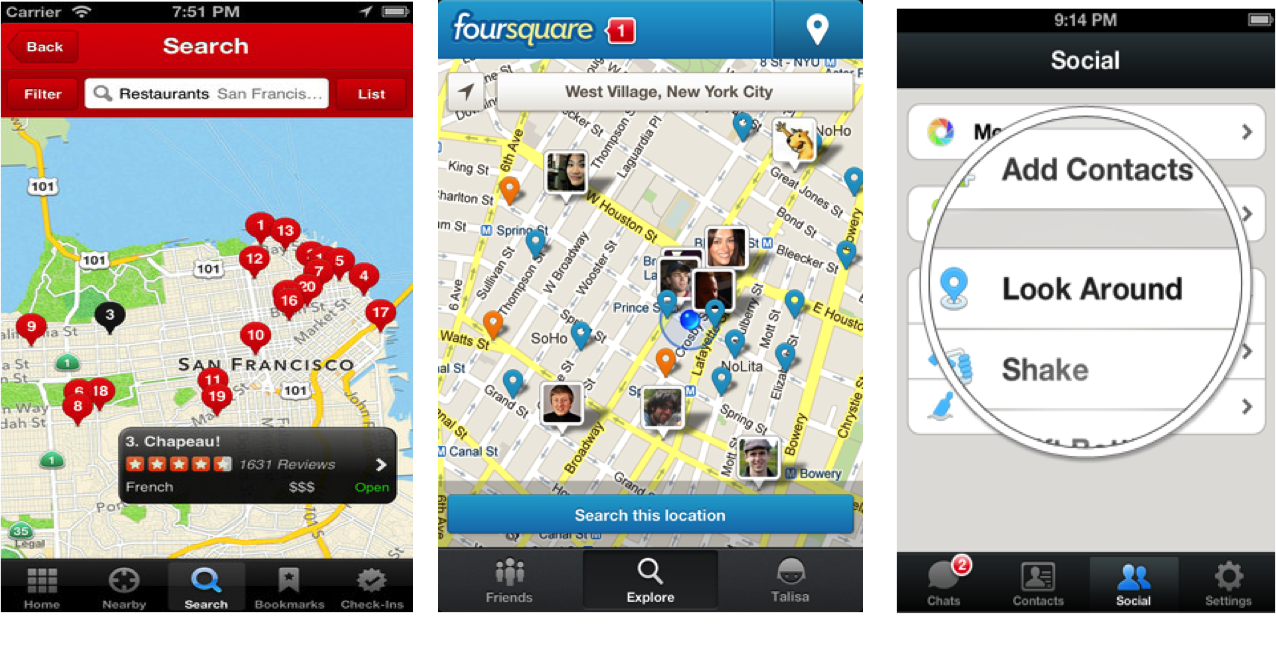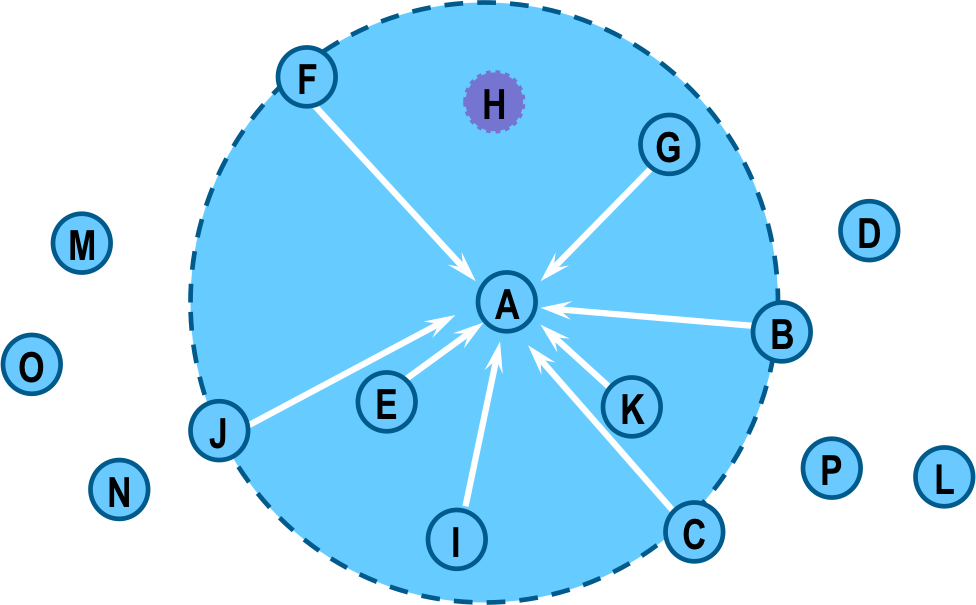Project PASA, Passive Broadcast for Smartphone Ad-hoc Networks

The Problem:
The location based service plays an important role in users' daily life. For example, users use Yelp to check out the restaurants around; Foursquare is popular for checkin and receive coupons. If you wanna chat with someone nearby, wechat is one of your choice. These location based services have some common features,
- It is fast (wifi / LTE).
- It can deliver large amount of information.
- Based on user provided data.
- configurable radius (controlled by server).
However, they also have some limitations,
- It has a centralized architecture.
- Based on GPS or indoor localization.
- Radius too large than we need.
- Require internet access.
- The “nearby” data may not updated.
What we need,
- Decentralized model
- Work under indoor environment / without internet access
- Short range communication
- Get what we are interested
Our Solution:
We inroduce PASA that utilizes Bluetooth service discovery process to passively share information with others nearby.

During a service discovery process, for example, A starts the discovery , others inside its communication range (upto 100m) and in the discoverable status respond A with its device name, type, MAC address, etc. PASA uses devices name as an information carrier for transmission.
Message format:
- Payload
- Header : 1 Scanning interval; 2 Index range of active messages; 3 Message reception feedback

The Challenges:
Since devices name is not initially designed for data transfer, PASA encounters some challenges,
- Device name length : Usually, the protocol only allowed upto 248 bytes for the device name
- Frequency hopping: Bluetooth service discovery scan the channels consecutively
To overcome the length limit of a device name, we need to split the long message into smaller ones.
However, due to frequency hopping feature, their is a probability that during a discovery process A can not receive others' most recent messages.
Reception probability, P(x,y):
P(x,y), the probability that a phone with scan interval of x can receive a message from another phone with update interval of y.
1. y ∊ (0, x)
Reception probability, P(x,y):
P(x,y), the probability that a phone with scan interval of x can receive a message from another phone with update interval of y.
1. y ∊ (0, x)

2. y ∊ (0, x+S)

3. y ∊(S, x+2S)

The Evaluation:


- Implement PASA on Android with Twitter
- Experiments consist five smartphones
- Simulation for the large testing
Experiment Settings:
- Case 1: The same scan interval (T) and number of messages (k)
- Case 2: Different T but the same k
- Case 3: Different k but the same T
- Case 4: Both T and k are different.
Case 1 (experiment):

Case 4 (simulation):

Publication :
PASA: Passive Broadcast for Smartphone Ad-hoc Networks
[ICCCN'14 ]The IEEE International Conference on Computer Communications and Networks.